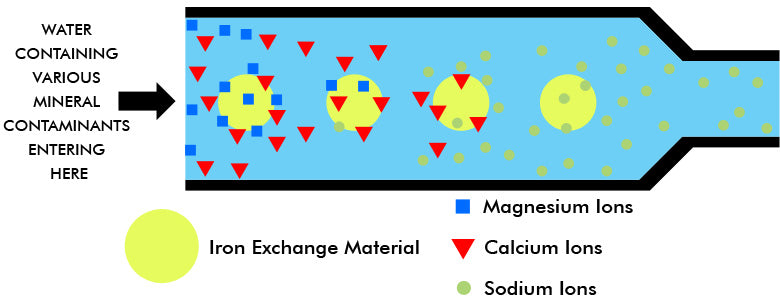OTHER AGENTS/ CHLORINATION
There are numerous other agents which have proved to be successful in destroying pathogens. Many of these must still be subjected to prolonged testing with regard to their physiological effect on man. Among these are certain surfactants and several types of surfactants that aid in destroying pathogens. Cationic detergents readily kill pathogens. Anionic detergents are only weakly effective in destroying pathogens. Because of their objectionable flavor and possible toxic effects, however, surfactants have not been seriously considered for treating drinking water.

Chlorine dioxide has unusually good germ killing power. Up to the present time, no valid tests for its use have been developed because of the lack of means for determining low residual concentrations of this agent. Because it is such a strong oxidizing agent, a larger residual of chlorine dioxide would probably be needed than is the case with chlorine.
At present, chlorination in one form or another is regarded as the most effective disinfectant available for all general purposes. It has full acceptance of health authorities. Still, there are certain factors that affect its ability to disinfect waters. These should always be kept in mind. They are:
- "Free" chlorine residuals are more effective than "combined" or "chloramine" residuals. Disinfection, regardless of the type of chlorine, becomes more effective with increased residuals
- A pH of 6.0 to 7.0 makes water a far more effective medium for chlorine as a disinfecting agent than to higher pH values of around 9.0 to 10.0.
- The effectiveness of disinfection increases with the amount of contact time available.
- The effectiveness of chlorine residuals increases with higher temperatures within the normal water temperature range.
- All types of organisms do not react in the same way under various conditions to chlorination.
- An increase in the chlorine demand of water increases the amount of chlorine necessary to provide a satisfactory chlorine residual.
In order to ensure the destruction of pathogens, the process of chlorination must achieve certain control of at least one factor, and preferably two, to compensate for fluctuations that occur. For this reason some authorities on the subject stress the fact that the type and concentration of the chlorine residual must be controlled to ensure adequate disinfection. Only in this way, they claim, can chlorination adequately take into account variations in temperature, pH, chlorine demand, and types of organisms in the water. While possible to increase minimum contact times, it is difficult to do so. Five to ten minutes is normally all the time available with the type of pressure systems normally used for small water supplies. For this reason these authorities feel that satisfactory chlorine residual alone can provide adequate control for disinfection. In their opinion, therefore, superchlorination-dechlorination does the job best.
Briefly, what is this technique, and how does it operate?
The success of superchlorination-dechlorination depends on putting enough chlorine in the water to provide a residual of 3.0 to 5.0 ppm. This is considerably greater than a chlorine residual of 0.1 to 0.5 ppm usually found in municipal water supplies when drawn from the tap. A superchlorination-dechlorination system consists of two basic units. A chlorinator feeds chlorine into the raw water. This chlorine feed is stepped up to provide the needed residual. A dechlorinator unit then removes the excess chlorine from the water before it reaches the household taps.
The chlorinator should be installed so that it feeds the chlorine into the water before it reaches the pressure tank. A general purpose chemical feed pump (such as described in Lesson 5) will do the job. The size and the placement of the dechlorinator unit depend on the type of treatment necessary. This will usually be an activated carbon filter. If pathogen kill is all that is required, a small dechlorinator can be installed at the kitchen sink.
Typical layout of superchlorination-dechlorination equipment on a private water system. With dechlorinator on the main water line, this arrangement can be used where iron and/or manganese are present in the water.
This unit then serves to remove chlorine from water used for drinking and cooking. Since many families also drink water from bathroom taps, it may be necessary to install dechlorinators at these locations as well. The advantage in dechlorinating only a part of the water is obvious. A smaller filter unit does the job. And since only a small portion of the total water is filtered under such conditions, the unit lasts longer before either servicing or replacement is necessary. Essentially dechlorination is not needed to ensure safe drinking water. Once the water is chlorinated, the health hazard is gone. The chlorine residual is removed merely to make the water palatable.
If the problem is compounded due to the presence of iron and/or manganese, all the water must be filtered. Under such conditions, a large central filter is necessary and should be placed on the main line after the pressure tank.
The prime advantage of the super chlorination-dechlorination process is that it saturates water with enough chlorine to kill bacteria. Simple chlorination sometimes fails its objective because homeowners may set the chlorine feed rate too low in order to avoid giving their water a chlorine taste.



